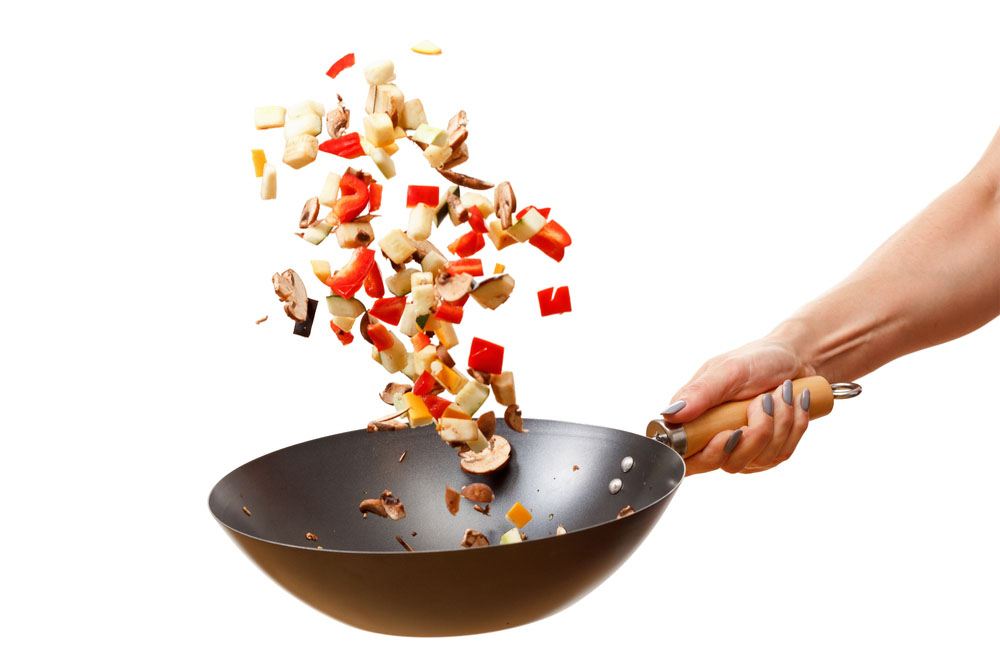The way heat transfers during conduction is affected by the arrangement of the particles within the material that the heat is trying to transfer through. This is why the particle-level structure of materials is important in the functioning of different objects.
A thermal insulator is a material that does not easily transfer thermal energy. Keep in mind that air is a mixture of gases. Most gases are considered thermal insulators because their particles are spread far apart. This makes it more difficult for the particles to collide and transfer thermal energy.
A thermal conductor is a material that can easily transfer thermal energy. Metals like aluminum, iron, copper, and steel make good thermal conductors, which is why pots and pans are typically made out of metals. These materials are solids, so their particles are closer together. When particles are closer together, they are more likely to collide with each other, transferring thermal energy.
Test your knowledge by answering the following questions.
Question 1
Question 2
Question 3

Warm winter coats are made from materials that trap air inside of them. Why does this allow the coats to keep you warm?
Warm winter coats are good insulators because they trap air inside of them. This trapped air does not transfer thermal energy easily, so the warm winter coat will keep you warm.

You may have seen fancy cups that have two layers of plastic with a space in the middle. Usually, the space in the middle has had all of the air particles taken out.
Why are these types of cups good insulators?
These types of cups are good insulators because it is difficult for thermal energy to be transferred when there is no air between the inner and outer layers of plastic or metal.

Why is the handle of this cooking pan made out of wood?
Using a material that does not conduct thermal energy is beneficial for the safety of the consumer.
